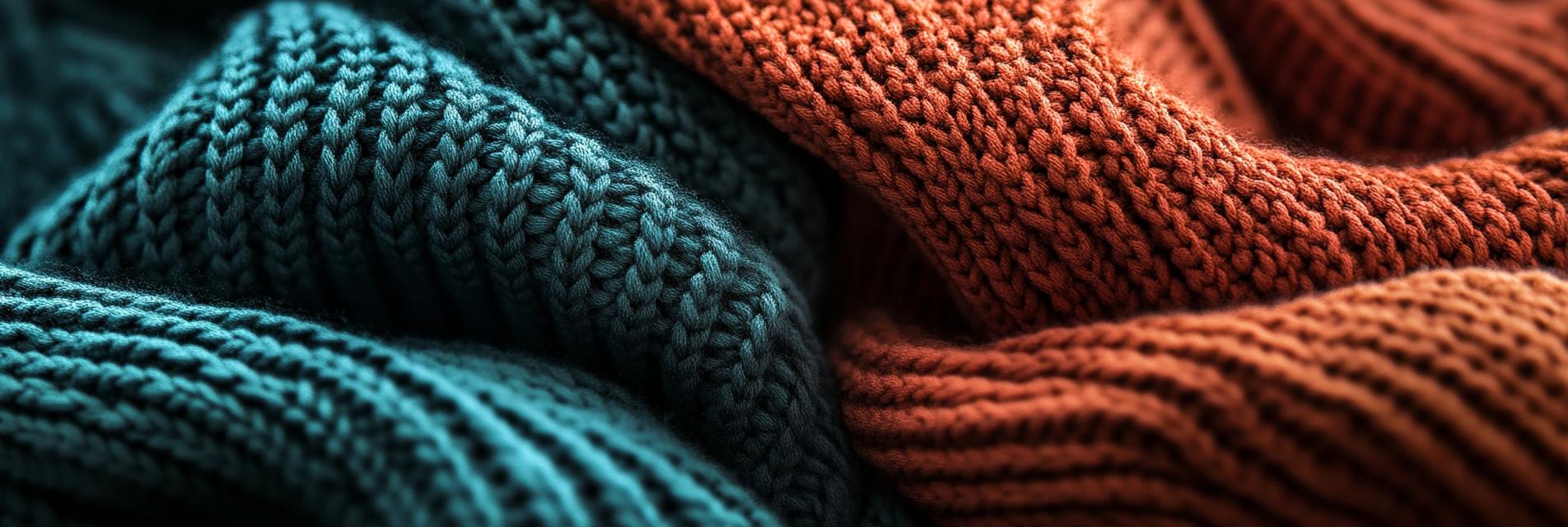In recent years, the sweatshirt market has experienced a significant transformation, with knitted fabrics emerging as a preferred choice for both consumers and manufacturers. This article delves into the driving factors behind this trend, exploring consumer preferences, production techniques, and the escalating demand for stylish and comfortable apparel.

The modern consumer is increasingly seeking apparel that combines comfort with style. Knitted fabric sweatshirts meet these needs by offering versatility, softness, and an appealing aesthetic. Furthermore, the rise of athleisure has led to a heightened demand for sweatshirts that can transition seamlessly from casual outings to more active settings.
Advancements in textile technology have greatly improved the production processes for knitted fabrics. Manufacturers are utilizing innovative techniques to enhance durability, elasticity, and breathability, thereby making knitted sweatshirts more appealing to consumers. The ability to customize designs through knitting also allows brands to cater to specific market segments.

The demand for knitted fabric sweatshirts is on the rise, driven by consumer trends prioritizing comfort and functionality. As sustainability becomes an increasingly important consideration for shoppers, brands that adopt eco-friendly materials and practices in their production will likely find a competitive edge in the market. The projected growth in this sector indicates a promising future both for manufacturers and retailers.
As the sweatshirt market evolves, knitted fabrics are set to play a pivotal role in shaping consumer experiences and preferences. Manufacturers and brands are encouraged to embrace this trend by refining their product offerings and exploring innovative production methods. As a result, they can not only meet the current market demands but also establish a strong foothold in a competitive landscape.
